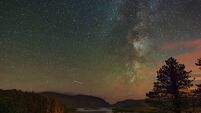Juanita Browne: World Oceans Day — see what you can see at the seaside
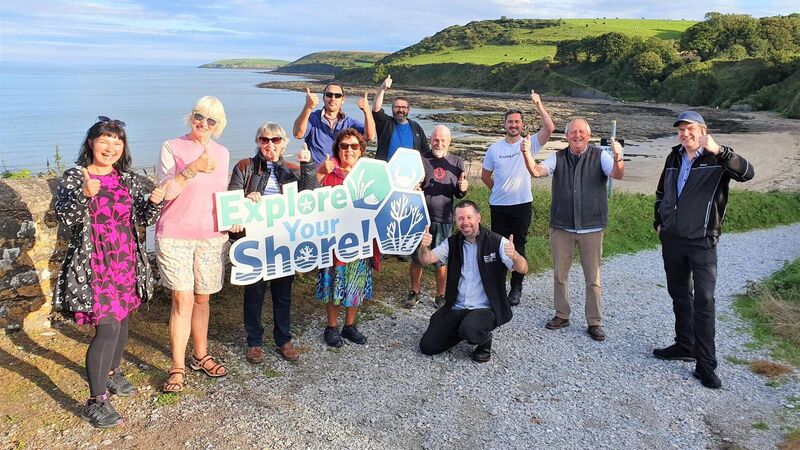
Explore Your Shore! workshops: Keep an eye on exploreyourshore.ie for upcoming fun events to help you learn valuable identification and surveying skills. Above is the Clean Coasts observer shore session in Ring, Co Cork.
World Oceans Day (June 8) is a day to celebrate this blue planet, and to create awareness of the ‘impact of human actions on the ocean, to develop and mobilise and unite the world's population on a project for the sustainable management of the world's oceans’.
That is some feat.
For many of us, it can be difficult to feel engaged with the marine environment. Marine biodiversity can seem too distant and otherworldly.
The variety of life underwater and in the mysterious depths of the ocean seems too far beyond our influence, and it can feel simply impossible to help its conservation.
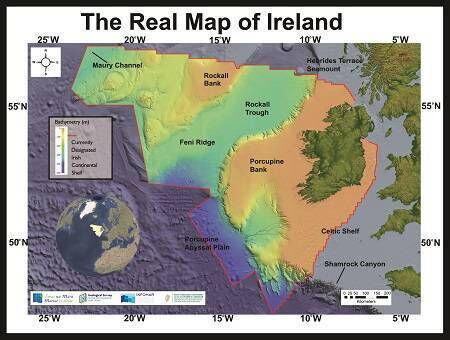
For an island nation, we tend to underestimate Ireland’s potential in protecting our coastal waters as a sanctuary for the marine mammals, fish, invertebrates, and other living things that live in these waters.
According to the Marine Institute: "Few people realise that when our seabed territory is taken into account, Ireland is one of the largest countries in Europe.
"The Institute’s ‘Real Map of Ireland’ clearly depicts the full extent of Ireland's marine territory of over 220m acres (880,000Km2), which is 10 times the size of the island of Ireland."
Fair Seas is a new coalition of eNGOs (environmental non-governmental organisations) formed with the aim to protect, conserve and restore Ireland’s unique marine environment.
According to Fair Seas: "This is our greatest chance at restoring ocean health and we must act now. Fair Seas’ aim is to see Ireland, with a renewed appreciation of the ocean, become a world leader in marine protection."
Currently only 2.1% of Irish waters are protected; Fair Seas aims to increase this to at least 30% by 2030, giving species, habitats and coastal communities the opportunity to thrive.
The Fair Seas team has created a beautiful website and they will launch an exciting new report on World Oceans Day: Revitalising Our Seas — Identifying Areas of Interest for Marine Protected Area Designation in Irish Waters.
The good news is there has never been a better time to learn about our marine biodiversity.
If you’re lucky enough to live close to Ireland’s 3,171km of coastline, you might like to get involved in an excellent project that allows individuals to participate in recording marine biodiversity around our coasts.
Project manager, Dave Wall, of the National Biodiversity Data Centre, says: " Explore Your Shore! is a Citizen Science initiative, funded by the Environmental Protection Agency, focused on increasing our knowledge of the distribution of our intertidal species, exploring their potential as bioindicators of water quality and climate change, and highlighting actions we can all take to tackle water pollution and global warming."
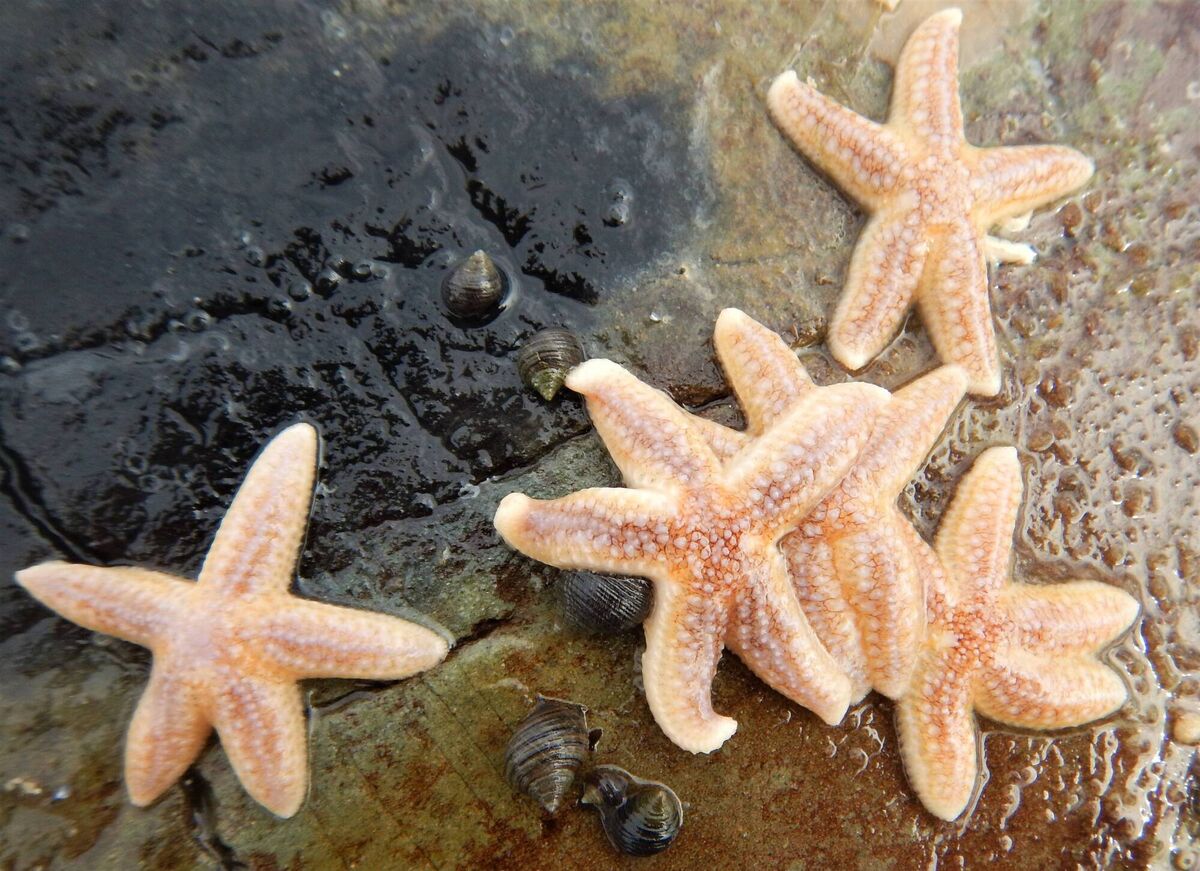
The Explore Your Shore website is really helpful to get you started, and there’s even an online course you can take before you head out to your local beach or rockpool.
There is a range of surveys depending on your identification skills or interest:
- Seashore Spotter: This entry-level survey allows you to submit casual records via the smartphone-friendly online form. Just record your details, your location and the species, and include a photo of each species to help validation.
- The Big Beach Biodiversity Survey: Volunteers conduct a 30-minute timed survey, recording bivalve shells and flotsam cast up on the tide. Even washed up dead animals can provide a really useful indication of the diversity of life in local waters.
- Seashore Snapshots: Volunteers take digital survey pictures of sessile intertidal species such as limpets, barnacles and seagrass, using a printable quadrat. The images are then analysed by researchers to calculate the density of species present.
- The Rocky Shore Safari: Focus on recording species on intertidal rocky shores. This will involve a timed walk-over survey from the upper shore to the water’s edge, at low tide.
The National Biodiversity Data Centre’s new six-part Marine Biodiversity Citizen Science online course is designed for the beginner or improver and covers everything from seaweeds to rocky shore molluscs.
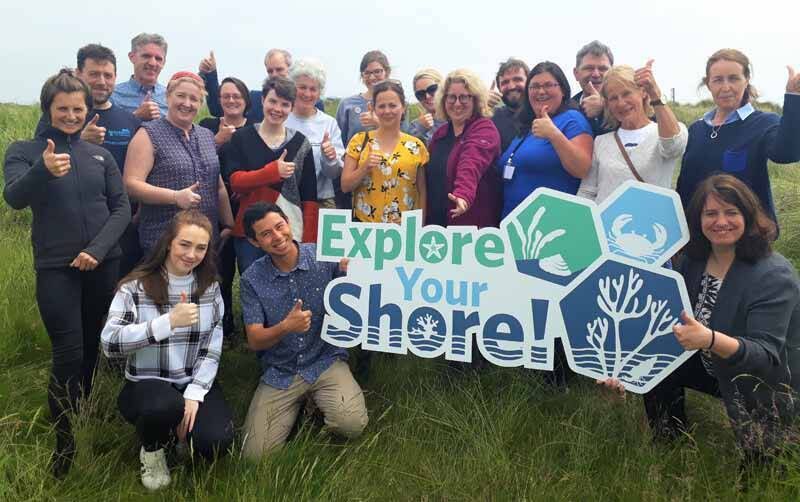
You can complete the course at your own pace and test yourself with the end of module quizzes and missions. You will even receive a course completion certificate.
There are also identification swatches you can buy from the online shop to bring out in the field, and you can ask for help with identification by posting your images to the Facebook page @ExploreYourShore.
Free webinar: June 8, 12pm-11.30pm
This webinar explains how to record Irish marine life — from worms to whales! Tune in at a time that suits you via the Explore our Shore! YouTube Channel and leave your questions for experts to answer in the comments.
- Juanita Browne has written a number of wildlife books, including and .






